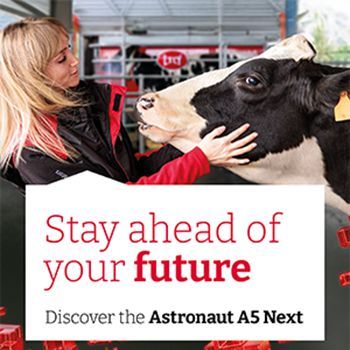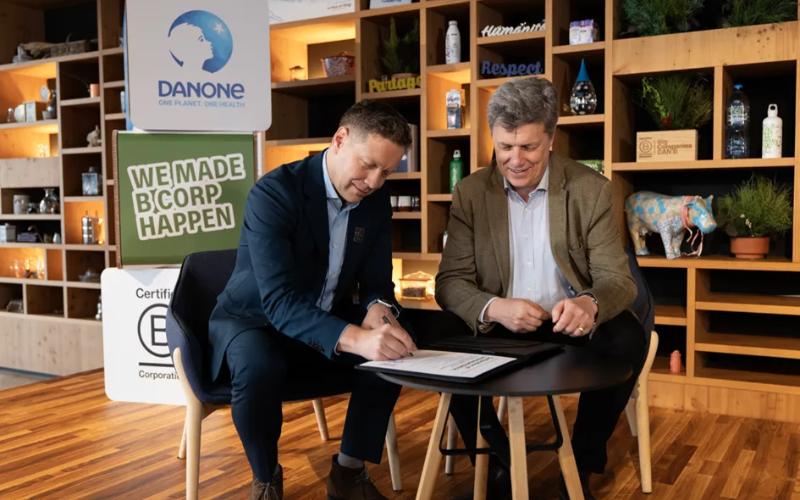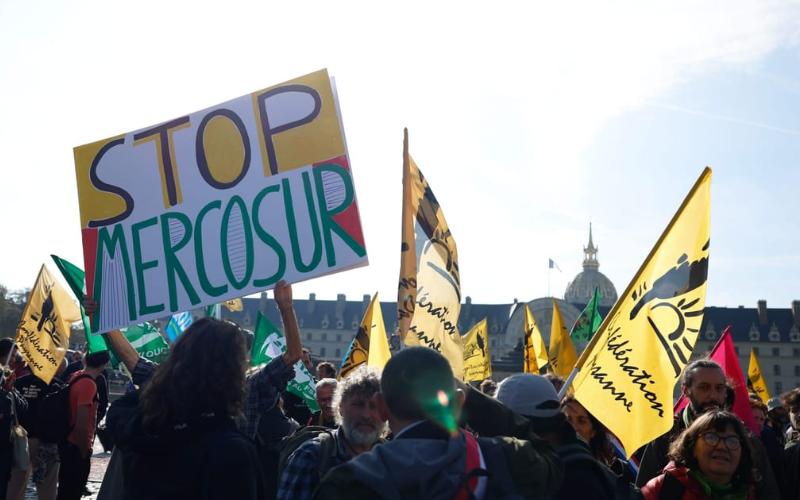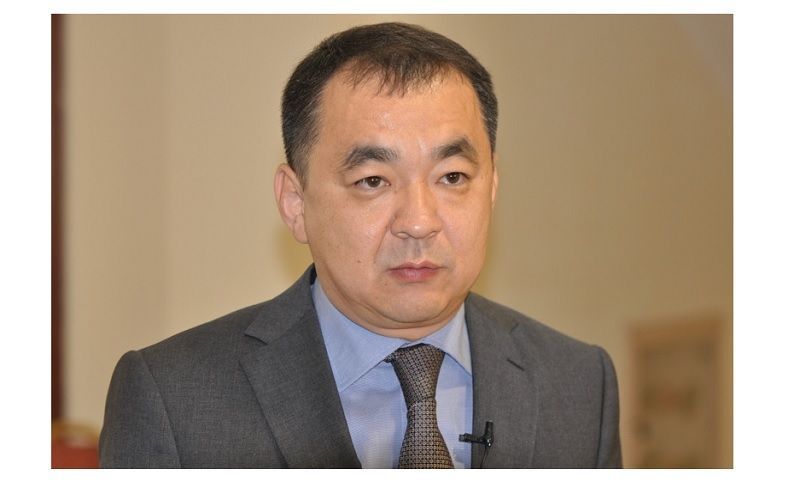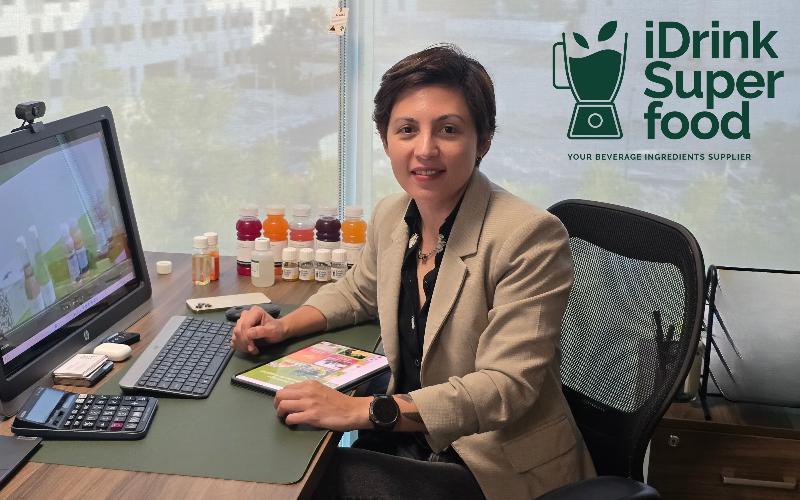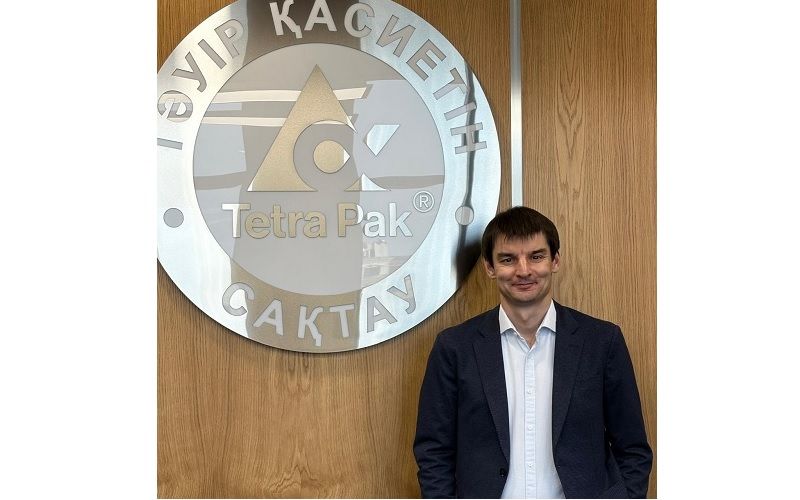Ireland Finds a Fertile Market in the Desert
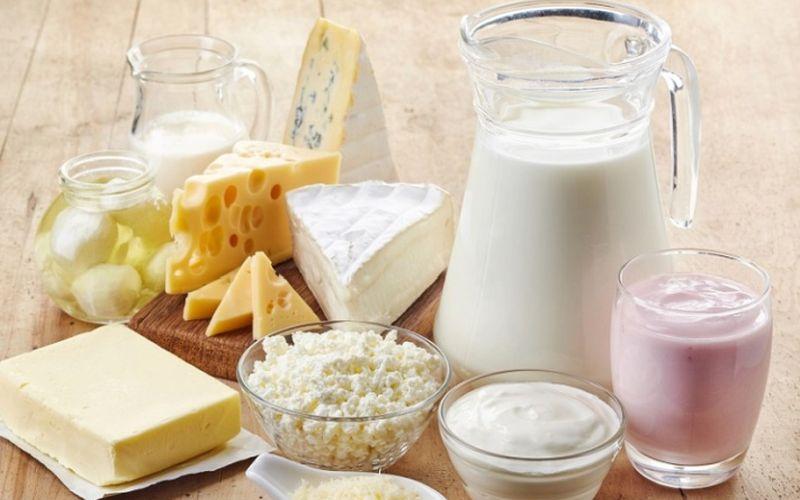
Ireland, better known for its lush pastures than its desert dealings, has quietly emerged as a formidable supplier of premium food and drink to the Middle East and North Africa (MENA). In 2024, Irish agri-food exports to the region reached €546.9 million ($624 million), continuing a years-long ascent powered by demographic demand, strategic diplomacy, and a deft alignment with local tastes.
The drivers of this trade success are both structural and intentional. MENA, the most food import-dependent region in the world, is grappling with population growth, limited arable land, and volatile domestic production. Ireland, meanwhile, is executing on Food Vision 2030—a national export strategy that aims to raise total agri-food exports fr om €13.5 billion in 2021 to €21 billion by the end of the decade. The convergence of these needs has created a natural, if improbable, partnership.
Much of Ireland’s strength lies in premium sectors: grass-fed dairy, quality-assured beef, functional ingredients, and infant nutrition. But its edge is not merely in the product—it’s in the narrative. Irish producers have honed a brand that appeals to MENA consumers’ evolving preferences: natural, sustainable, halal-certified, and trustworthy.
A tale of two giants: the UAE and Saudi Arabia
The United Arab Emirates has become Ireland’s bridgehead into the region. A cosmopolitan hub with world-class logistics, it accounted for over a quarter of Ireland’s Arab-world exports in 2022. Irish butter, cheese, and meat increasingly grace the shelves of Dubai supermarkets and the kitchens of luxury hotels. Local consumers, particularly high-income expatriates, are receptive to natural and additive-free foods—a positioning that Ireland is well-equipped to exploit. Halal-certified beef, in particular, has found a profitable niche: UAE consumers show the world’s highest willingness to pay a premium for trusted, quality-assured meat.
Across the border in Saudi Arabia, scale takes precedence. With the largest population in the Gulf and a voracious appetite for dairy, the Kingdom is both the region’s biggest importer of Irish goods and a manufacturing base for Irish firms. Ornua, the dairy cooperative behind the Kerrygold brand, operates a cheese plant in Riyadh, while Kerry Group has invested in local ingredient production to feed the region’s foodservice industry. As Riyadh pursues food security under Vision 2030, Ireland’s consistent supply of milk powders, cheeses, and halal beef positions it as a reliable partner.
Smaller markets, targeted gains
Beyond the Gulf heavyweights, smaller states such as Qatar, Oman, and Bahrain are also contributing to Irish export momentum. With high GDP per capita and import dependence, these countries are fertile ground for niche offerings: artisan cheeses, specialty beverages, and functional ingredients. Egypt, meanwhile, presents scale and strategic location. With a population over 110 million and a growing urban middle class, it offers opportunities not only for dairy and beef exports but also as a logistics and production springboard into Africa.
In North Africa, Algeria’s resumption of Irish beef imports in 2023 marked a symbolic return to a once-lucrative market. Here, as in Egypt, Ireland’s value proposition lies in supplying affordable, high-quality proteins to governments keen on food security. Türkiye, straddling East and West, offers another vector of growth. Its food manufacturing sector is hungry for high-grade European ingredients—precisely what Irish firms can supply.
Certification, sustainability, and the premium playbook
At the heart of Ireland’s MENA success is its understanding of local sensitivities. Halal compliance is not just a checkbox—it is a comprehensive certification regime involving the entire supply chain, fr om sourcing to slaughter to packaging. Ireland has been doing this since the 1980s. Today, 85% of the country’s halal-certified meat ends up in the Middle East.
Sustainability is increasingly salient. Gulf consumers are embracing additive-free, eco-conscious consumption, and Ireland’s green credentials—from grass-fed herds to carbon auditing—enhance its appeal. Programmes like Origin Green, Ireland’s national sustainability initiative, resonate in markets wh ere consumers and regulators alike are becoming more environmentally discerning.
Investment follows trade
This rising trade tide presents clear opportunities for investors. Distribution hubs in the UAE, cold chain logistics for dairy and meat, co-manufacturing facilities in Saudi Arabia or Egypt—all are avenues for foreign direct investment and partnership. Local production, particularly of finished goods, can mitigate tariffs and enhance responsiveness to consumer trends. Ireland’s food firms are increasingly taking this route, encouraged by host governments keen to localize supply.
Equally important is investment in brand adaptation. Packaging in Arabic, halal product line extensions, and marketing campaigns that highlight provenance and sustainability are not luxuries—they are prerequisites for market share.
A billion-euro opportunity?
The future trajectory looks promising. If current growth rates hold, Ireland’s food and drink exports to MENA could approach €1 billion by 2030. Bord Bia, the Irish Food Board, projects continued double-digit growth, while the Arab Irish Chamber of Commerce estimates total exports across all sectors could double by 2033.
In a world wh ere geopolitical frictions often complicate trade, Ireland’s quiet expansion into the MENA region offers a rare case of symbiotic growth: a small, open economy feeding a region in need—with cultural sensitivity, regulatory compliance, and premium quality as its calling cards.

